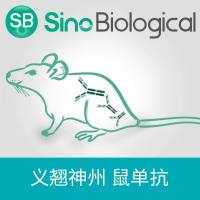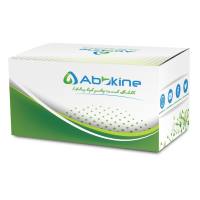1Nonradioactive In Situ Hybridization in Atherosclerotic Tissue
互联网
597
In situ hybridization (ISH) is a powerful and important technique that allows the detection and microscopic localization of nucleic acids within the specific cell, tissue, or chromosome of interest. In addition, it offers increased sensitivity over traditional filter hybridization, since low-copy mRNA molecules in individual cells can be detected. At the time the ISH technique was developed by Pardue and Gall (1 ), there were restrictions in it since radioisotopes were the only labels for nucleic acids available and autoradiographic film was the only detection system. Current molecular biological cloning techniques have now enabled most researchers to prepare almost any specific probe of choice and, more importantly, modern nonradioactive labels with colorimetric detection have removed all the limitations and restrictions of radioactive labels. The principal advantages of nonradioactive hybridization compared with isotopic hybridization are increased speed, greater resolution, lower costs, and reduced radioactive exposure. Furthermore, it allows the opportunity for combining different labels in one ISH experiment. The procedures behind ISH localization of DNA or RNA are very similar and may be summarized in five areas: (1) sample and glass slide preparation, including fixation, mounting, and ISH pretreatment, (2) probe preparation/labeling, (3) hybridization, (4) probe removal/washing, and (5) detection. Nonradioactive probe labeling itself can be divided into two methods, i.e., direct and indirect. This chapter describes the preparation of atherosclerotic tissue for ISH, indirect labeling of probes with digoxigenin (DIG), and the detection protocols suitable for this type of tissue. The DIG labeling method was developed by Kessler (2 ) and is based on the steroid digoxigenin, which is isolated from Digitalis purpurea and D. lanata. The DIG molecule is linked to the C-5 position of uridine (UTP, dUTP, or ddUTP) via a spacer arm. The DIG-labeled nucleotides can be incorporated easily into nucleic acid probes by DNA polymerases such as DNA polymerase I,Taq DNA polymerase, T7 DNA polymerase, RNA polymerases, and terminal transferase. These various enzymes therefore allow DIG labeling by random priming, nick translation, PCR, 3′-end labeling/tailing, and in vitro transcription. Following hybridization, DIG-probes may be detected with high-affinity specific anti-DIG antibodies (3 ). These antibodies are conjugated with alkaline phosphatase, peroxidase, fluoroscein, rhodamine, AMCA (amino-methylcoumarin-acetic acid), or colloidal gold (for electron microscopy) enabling a very versatile detection system. This system can be made even more versatile and sensitive by using unconjugated anti-DIG followed by conjugated secondary antibodies. A detection sensitivity of about 0.1 pg (as determined by Southern blot) can be achieved with combinations of anti-DIG-alkaline phospatase and NBT or BCIP. In this chapter, I describe a protocol that we developed for nonradioactive in situ hybridization of atherosclerotic tissue for the detection of interleukin 8, tissue factor, and tissue factor pathway inhibitor in both frozen and paraffin-embedded tissue (4 -7 ).








